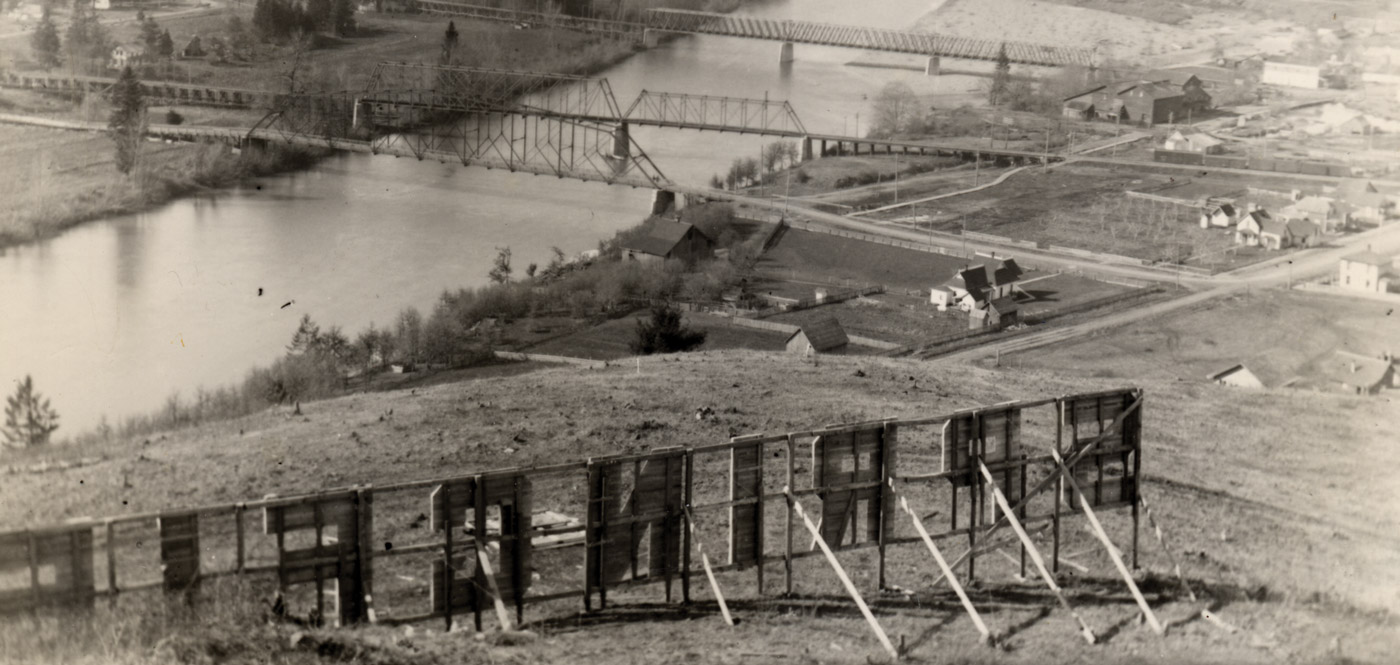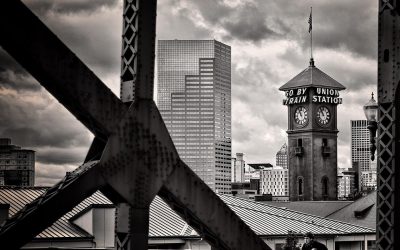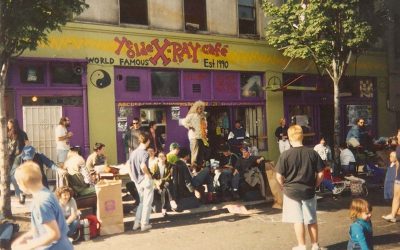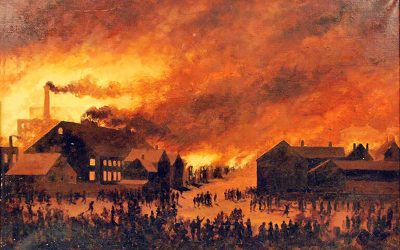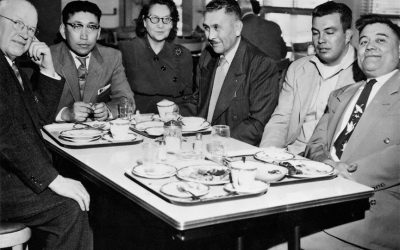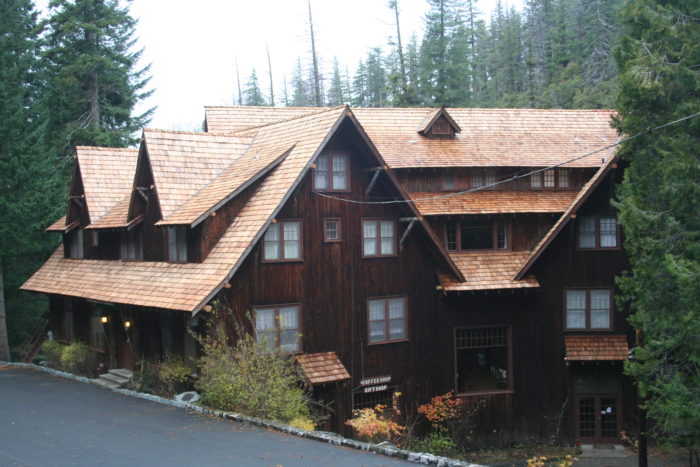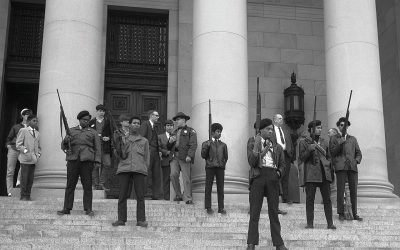Growing up in Springfield, I thought I knew all there was to know about my hometown. I’ve spent years writing about its history and highlighting all the hidden gems this place has to offer. But it turns out, there was something I had missed — an overlooked piece of history that sat perched on the northwestern slope of Willamette Heights over a century ago.
It wasn’t until I stumbled upon an old photo taken in 1911 on Facebook that I learned about a large sign that once welcomed weary travelers to Springfield. This image struck a chord with me, as I had never heard anyone speak of this sign, and I could be completely off, but I’m guessing most Springfield residents today probably have no idea it ever existed.
According to the historical article from Eugene Magazine, titled "A Historical Look at Springfield," this sign was a prominent feature of the town’s landscape in the early 1900s. It overlooked the Willamette River and could be seen from over a mile away. The sign was later lit by electric lights, making it a beacon for travelers approaching the town.
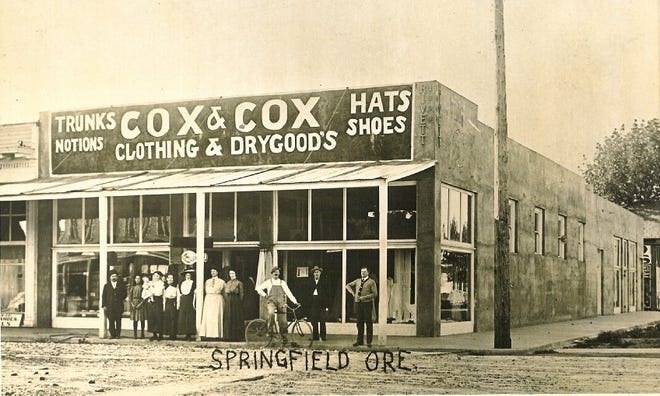
In those days, Springfield was a small but growing community. The Booth-Kelly Lumber Company, which had opened in 1902, was driving economic growth, and Springfield was affectionately known as “Lunch Bucket City” due to the many hardworking mill workers who called it home.
The Sign’s Connection to Springfield’s History
Springfield is celebrating its 140th anniversary on February 25th, marking nearly a century and a half of growth, change, and resilience. The city’s roots stretch back much further than its incorporation in 1885, to when the Kalapuya people first inhabited this land over 18,000 years ago.
Early settlers like Elias and Mary Briggs played a key role in shaping Springfield’s future. In 1848, they built their home near a convenient spring, which inspired the town’s name. The town grew around the Briggs’ flour mill and sawmill, powered by the Mill Race they dug by hand. Over time, Springfield became a center for agriculture, hops cultivation, and timber milling.
A ‘Simpsons’ Connection?
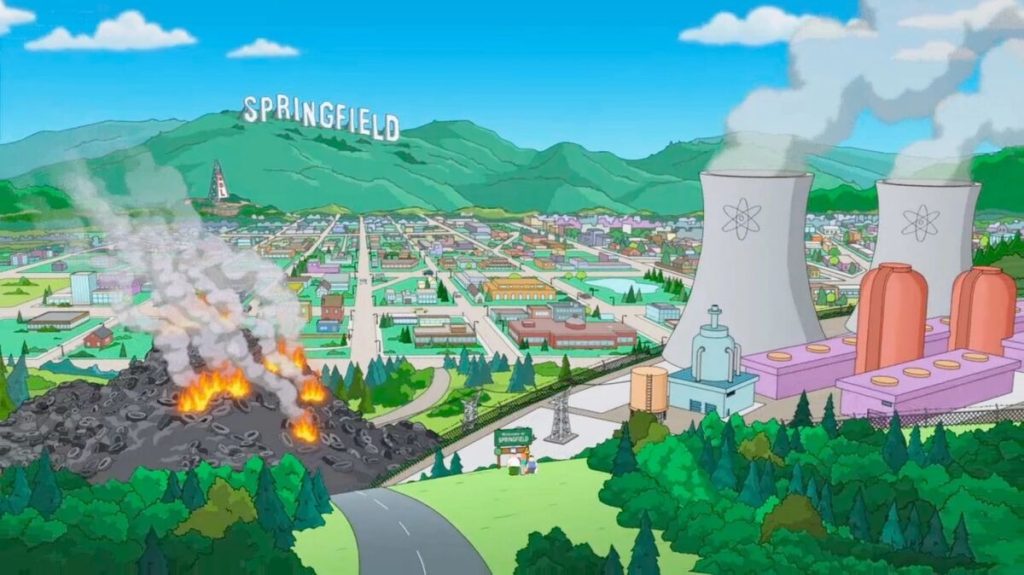
Looking at the 1911 photograph of the Springfield sign, I couldn’t help but notice a striking resemblance to the iconic Springfield sign featured in the long-running animated TV series, The Simpsons. The show’s creator, Matt Groening, grew up in Oregon, and while he’s often kept the details vague, he’s confirmed that the fictional Springfield was inspired by Springfield, Oregon. Today, you can see murals depicting characters from The Simpsons around town.
Could this long-forgotten sign have played a role in Groening’s vision of the fictional Springfield? It’s an intriguing thought. There are numerous references to Oregon throughout the show, and it’s not hard to imagine that this historical sign, which once welcomed travelers to a small mill town, might have inspired the iconic image in The Simpsons.
But what became of the sign? Was it simply replaced over time, or did it fall victim to progress, making way for modern infrastructure? Perhaps it was damaged or weathered beyond repair and quietly retired. It’s possible the sign is tucked away somewhere, waiting to be rediscovered. Maybe someone in the community knows more about its fate or has memories of seeing it in person.
The sign was more than just a landmark—it was a symbol of the community’s pride and resilience. Springfield was a place where people worked hard, overcame floods that regularly washed through Glenwood, and built a thriving town from humble beginnings.
Over the years, Springfield has grown and changed, but that resilient spirit remains. Today, you can still see glimpses of the past when you walk down Main Street, visit historic landmarks like the Rivett Building or the Springfield History Museum, or simply explore the streets where generations of families have lived and worked.
If anyone reading this has more information about the sign, why it was taken down, or if it still exists somewhere, I’d love to know. It's these connections to our shared history that help keep the stories of Springfield alive.
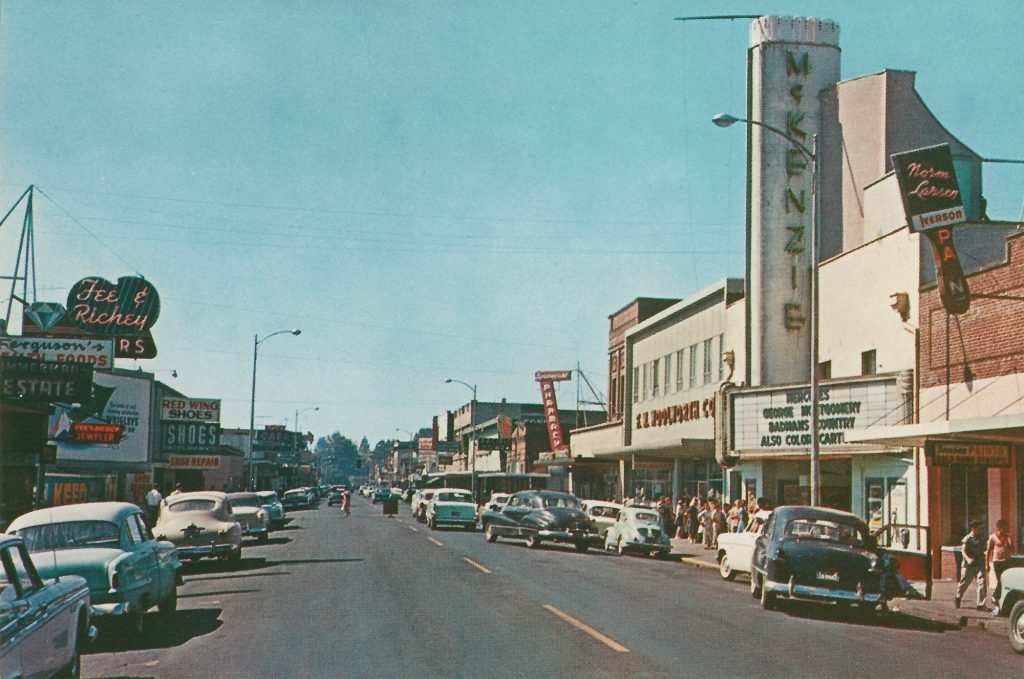
As Springfield celebrates its 140th anniversary, it’s a good time to reflect on these overlooked pieces of history. The sign that once overlooked Springfield in 1911 may have faded from memory, but it’s a reminder of how far the city has come. It’s also a reminder that history is all around us, sometimes hidden in plain sight, just waiting to be rediscovered.
So the next time you find yourself in Springfield, take a moment to imagine what it must have been like to see that sign from across the river, welcoming travelers to a town built on hard work, resilience, and community spirit. And perhaps, like me, you’ll find a new appreciation for the history that shapes this place we call home.

